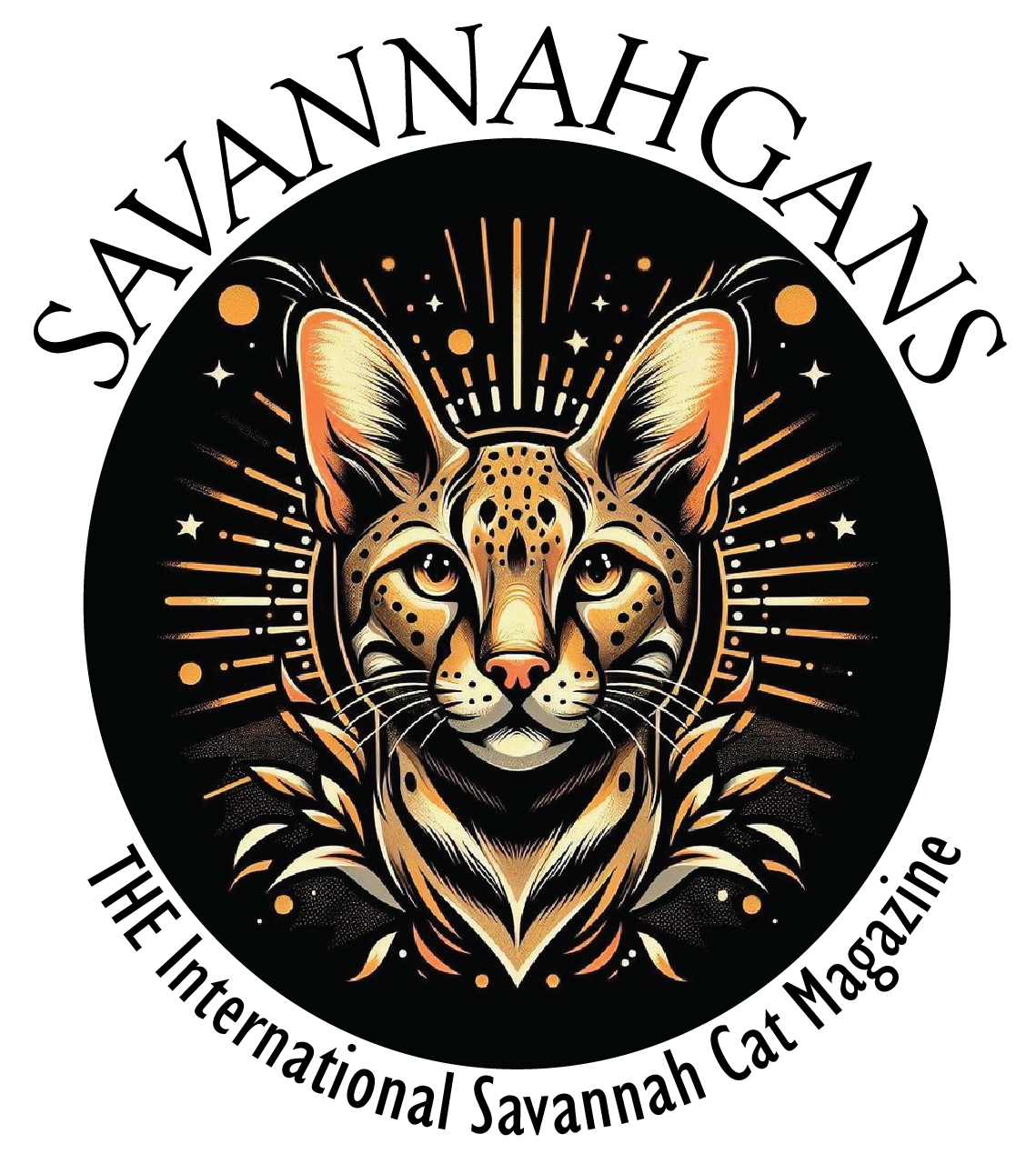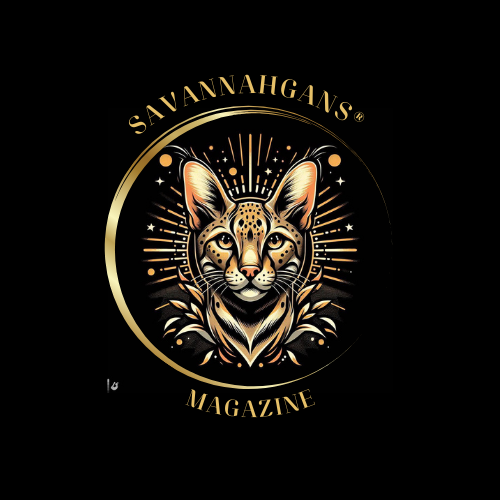Choosing the Best WaterBowl For Your Cats
Introduction
It's a common trope that cats hate water, yet just like every other living being, they need it to survive. While cats on a wet food diet get a large percentage of their hydration needs from their food, they still require a source of fresh water.
What's often not considered are the needs of those who provide the water. Primarily, ease of use and ease of maintenance. You never want to find yourself in a situation where cleaning the water bowl is so much work you say to yourself, “I’ll do it tomorrow!”
Many, if not most people, sit out a simple bowl, put some water in it, and top it off as needed. That's one way to go, but if you have playful or ornery cats, you might find the bowl is often empty, upside down, or filled with filth like cat hair and litter.
The answer seems simple--get one of those water recirculating bowls. The water will last a long time, and the water will stay fresher, right? Not so fast.
What about the stability of the bowl so ornery cats can't knock it over?
How about an enclosed reservoir so stray hair, dirt, and cat litter does not foul the system?
Another consideration is a recirculation system that minimizes the water's surface area, thereby preventing the water bowl from being a type of air purifier, which pulls dust out of the air as it runs.
Finally, the ease of cleaning and maintaining the bowl. This is a point that wasn't obvious to me at first, but after months of use, I grew to dread the weekly cleaning of the water bowl.
What Makes a Bad Cat Water Bowl?
The best way to answer the question “What makes a bad cat water bowl?” is to examine several bowls we've used and experienced their shortcomings. We'll take a close look at three examples currently in our possession.
Example 1 – Typical recirculating water bowl with a small reservoir and open bowl
This is a fairly standard recirculating water bowl. It features a small reservoir on top, which allows water to be gravity fed when needed, a fountain nozzle location that's about three inches above the bowl, a small filter housing that sits between the open bowl and the pump house, and finally, the bowl where the water resides.
The primary issue with this design is the open water bowl and the location of the filter. The filter merely protects the pump from debris; it serves no purpose in cleaning the cats' water! If a cat sticks their paws into the water, whatever is on its feet now floats around in the bowl. This’s typically cat litter and cat hair.
As the water level goes down, the small reservoir on top will drain into the pump house and be circulated back into the dirty water. Another issue with such a large area of open water is the air we breathe is dirty as well, and open water will collect that dust out of the air, further gumming up the works.
This situation's not ideal for the cats when it comes to drinking, and it's not ideal for cleaning either. The bowl will eventually develop slime in the bottom and on the filter unless you clean it every other day.
The small reservoir isn't much help either, as it's just a fraction of the overall water volume, and in fact, it served as something to be knocked off by our cats when they were in a playful mood.
Another minor issue is with recirculating bowls featuring a nozzle that's some distance above the water, and that's because they tend to be noisier. Some people do not mind the sound of trickling water; however, I am not one of those people!
Example 2 – Simple stainless steel recirculating bowl
This recirculating bowl is a much simpler design, featuring only two stamped pieces of stainless steel. It has an open water bowl design, and the fountain nozzle discharges along the cover plate, which reduces the sound of trickling water.
As with the prior example, the biggest issue here is the open water bowl, which causes the same cleanliness issues as explained in example 1.
In addition to that, although less evident from the picture, an equally big issue is the stability of the bowl. Perhaps for aesthetic reasons, the base of the bowl is quite a bit smaller in diameter as compared to the top of the bowl. This gives cats ample leverage to push down on one edge and spill the contents of their bowl all over your floor! I would quantify that as definitely not a good thing!
I do like the simplicity of the design, with a half cover that merely sits on the bowl, and there are no sharp corners to make cleaning difficult. However, the risk of spilling and constantly dirty water makes this a no-go for me.
The lack of an extra water reservoir isn't a big deal, as my experience has shown that recirculating bowls usually need to be cleaned before they're completely out of water.
Example 3 – Overly complex recirculating water bowl
This recirculating water bowl features a large water capacity compared to the previous two bowls. It has a big open bowl and equally sized extra reservoir, and yet a third water holding area in the filter house.
As with the previous two bowls, this water bowl has all the same issues due to its open water bowl design and some issues unique to this design. The biggest issue of this bowl is the overly complex design and large capacity.
With a capacity as large as this, it's tempting to let the bowl “do its thing” for a week or even ten days at a time. However, this causes the bowl to get extremely dirty and slimy. That's when the bowl's complexity becomes a problem; it's a real pain to clean!
The bowl breaks down into four main parts and a couple of smaller parts.
Two parts are missing from this picture. One part is the charcoal filter which slots into the filter housing, and a small plastic screen that sat in the slots between the pump house reservoir and the open bowl. In the case of the latter part, it was small enough that it fell into the garbage disposal when cleaning the bowl, only to notice when the disposal later made a terrible grinding noise, thus, destroying the screen!
Let's start with the closed reservoir. It sounds like a great idea to have a bunch of clean water ready to be gravity-fed as needed into the bowl, and in fact, that's largely why we bought this bowl originally. However, as I've touched on before, this leads to less frequent cleanings of the bowl, making it harder to clean when you have to clean it.
And with the closed reservoir, that's a doubly bad thing as the reservoir's opening is only about three inches in diameter. That means most adults can't stick their hands into the container to clean it, and dishwashers are of limited use. That leaves filling it with hot water and shaking it to clean it. That's not the end of the world, but not exactly the best way to clean things and a general pain in the butt to deal with.
The filter housing is just as difficult to clean, but with the added issues of some very sharp and tight corners in the design process. There's just no good way to get into every corner, crack, or crevice of this thing. No, really, look how over design it is!
Good luck getting the slime out of all the corners and angles of the filter housing!
The final issue with this particular design is the filter housing could be displaced from the bowl itself without too much pressure. One of our cats was obsessed with taking the lid off the housing and pulling the filter out, and he often dislodged the filter housing, causing a mess of water and the bowl to stop functioning.
The Best Cat Water Bowl
So far, I’ve spent a lot of words explaining all the ways a water bowl can be bad, now let us discover a good water bowl!
And here it is, the Eversweet Solo recirculating water bowl. It features the best design for keeping water clean, the simplest design for maintenance, and being as cat-proof as a bowl can be.
The first thing to point out is the closed water bowl system and reservoir. Almost all the water is inside the container, away from dust, debris, and curious cat paws. The fountainhead itself is just above the waterline, meaning very minimal trickling noise.
The bowl is composed of three simple pieces, all of which feature soft curves and no tight spots. It is extremely easy for adult hands to get into all pieces and wipe them clean very quickly.
Perhaps the best part of this bowl is the filter placement and how it fits into the recirculating process.
Water is pumped up the center via the green arrow.
A small depression collects water, and the overflow goes down the slots as indicated by the red arrow.
Water flows through the filter before entering the reservoir again, ready to be pumped out.
The third point is so important; water is always recirculated through the filter before being pumped. There's no large bowl for debris to collect in!
In the final picture, you can see all the bowl pieces, with the filter being the white circle in the bottom right.
In closing, this bowl's easy to clean, quiet, hard to knock over due to its low center of gravity, and has just the right capacity, so you don't have to fill it every day. But it also won't last for ten days, tempting you to let it ride and get extra filthy! All in all, we've not had any slime build-up, and the cleaning of this bowl takes less than two minutes, whereas the complex bowl I talked about takes 15 minutes to clean--and will still never be totally clean!
BEFORE YOU GO, WE NEED YOUR HELP TO MOVE UP THE RANKS ON GOOGLE!
Help SAVANNAHGANS® Grow and Reach Every Savannah Cat-Owning Household! All support is humbly appreciated (visit the clickable underlined links).
Subscribe (free) (by visiting the banner on our home page) and receive each quarterly issue to your inbox.
Share this article on your own social media platforms.
Leave a Comment. (this is VERY helpful to our growth and Google recognition)
Follow on Instagram.
Follow on Twitter.
Follow on Pinterest.
Follow on Youtube.









